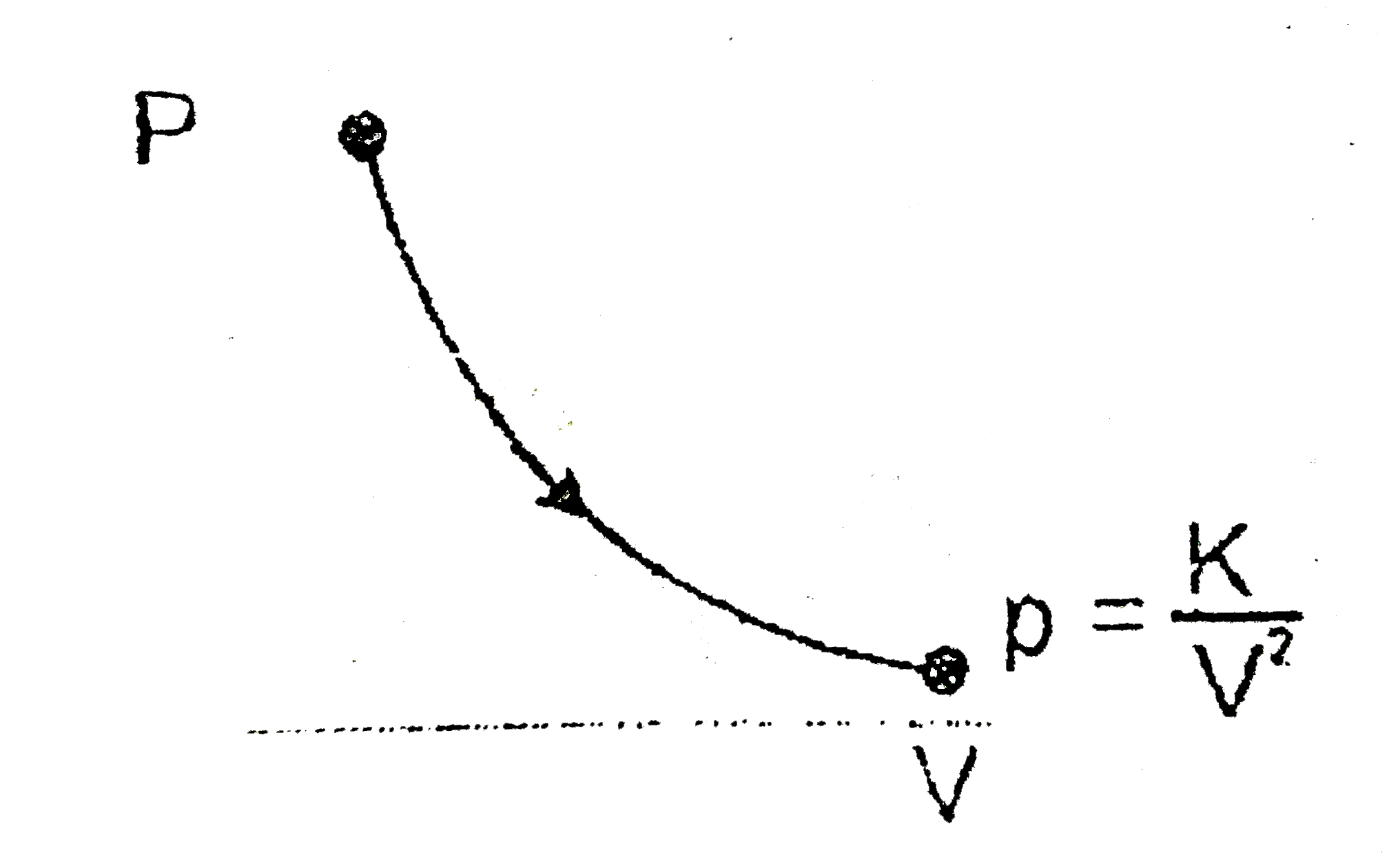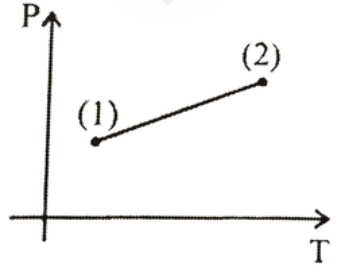Figure shows the process of
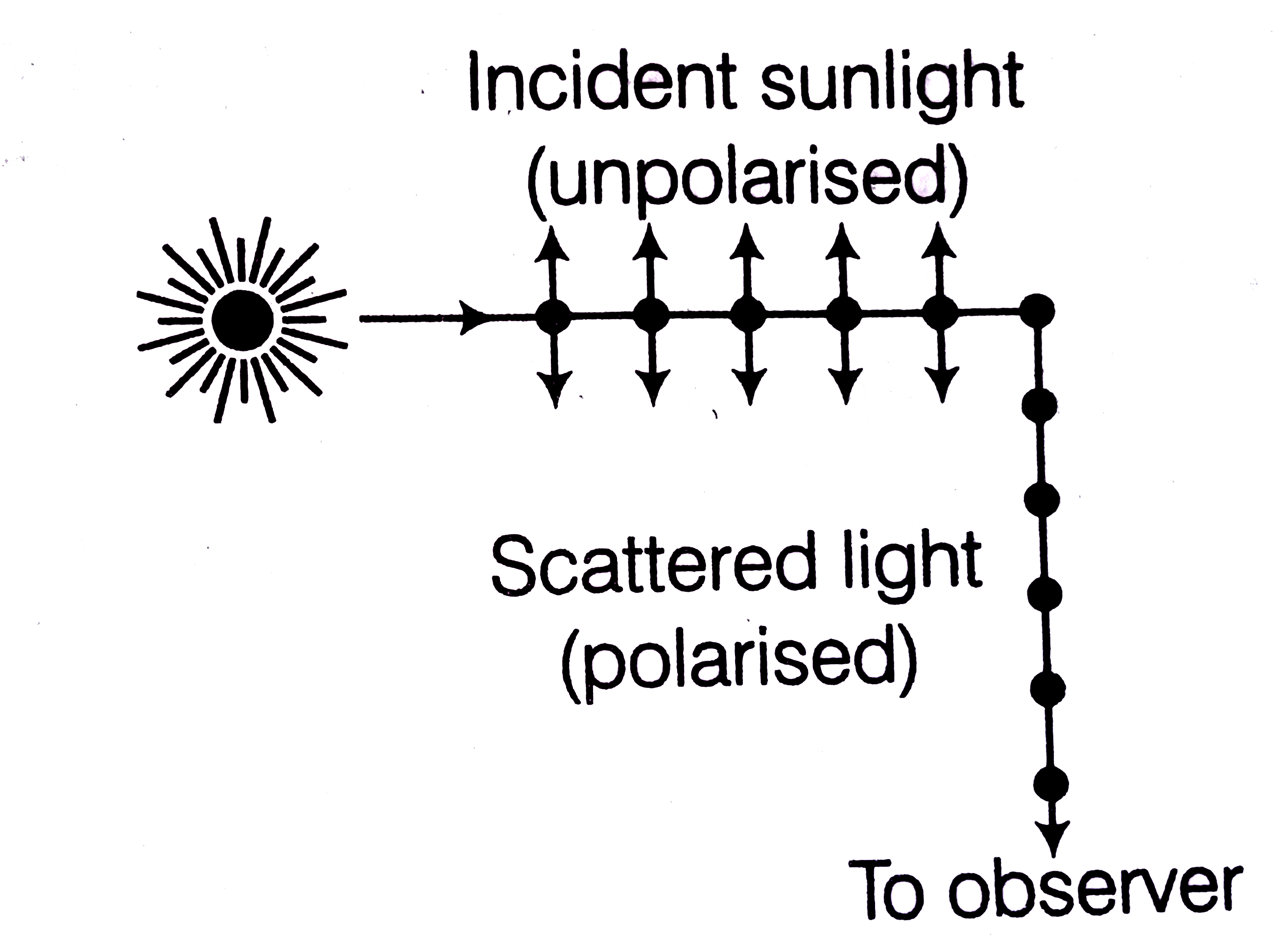
polarisation by scattering
polarisation of reflection
diffraction
None of the above
The correct Answer is:A
The double arrows show polarisation in the plane of the figure. (There is no phase relation between these two in unpolarised light). Under the influence of the electric field of the incident wave, the electrons in the molecules acquire components of motion in both these directions. We have drawn as observer looking at to the direction of the Sun.
Clearly, charges accelerating parallel to the double arrows do not radiate energy towards this observer, since their acceleration has no transverse component. The radiation scattered by the molecule is therefore represented by dots.
It is polarised perpendicular to the plane of the figure. This explains the polarisation of scattered light from the sky.

Topper's Solved these Questions
- WAVE THEORY OF LIGHT BOOK - MHTCET PREVIOUS YEAR PAPERS AND PRACTICE PAPERSCHAPTER - WAVE THEORY OF LIGHT EXERCISE - EXERCISE 2 (Miscellaneous Problems)
18 Videos
- WAVE THEORY OF LIGHT BOOK - MHTCET PREVIOUS YEAR PAPERS AND PRACTICE PAPERSCHAPTER - WAVE THEORY OF LIGHT EXERCISE - MHT CET CORNER
4 Videos
- WAVE THEORY OF LIGHT BOOK - MHTCET PREVIOUS YEAR PAPERS AND PRACTICE PAPERSCHAPTER - WAVE THEORY OF LIGHT EXERCISE - MHT CET CORNER
4 Videos
- WAVE MOTIONBOOK - MHTCET PREVIOUS YEAR PAPERS AND PRACTICE PAPERSCHAPTER - WAVE MOTIONEXERCISE - MHT CET CORNER
23 Videos
Similar Questions
Knowledge Check
Figure shows a process on a gas in which pressure and volume both change. The molar heat capacity for this process is C.
AC=0BC=CvCC>CvDC<CvFollowing figure shows two process A and B for a gas. If ΔQA and ΔQB are the amount of heat absorbed by the system in two case, and ΔUA and ΔUB are changes in internal energies, respectively, then :
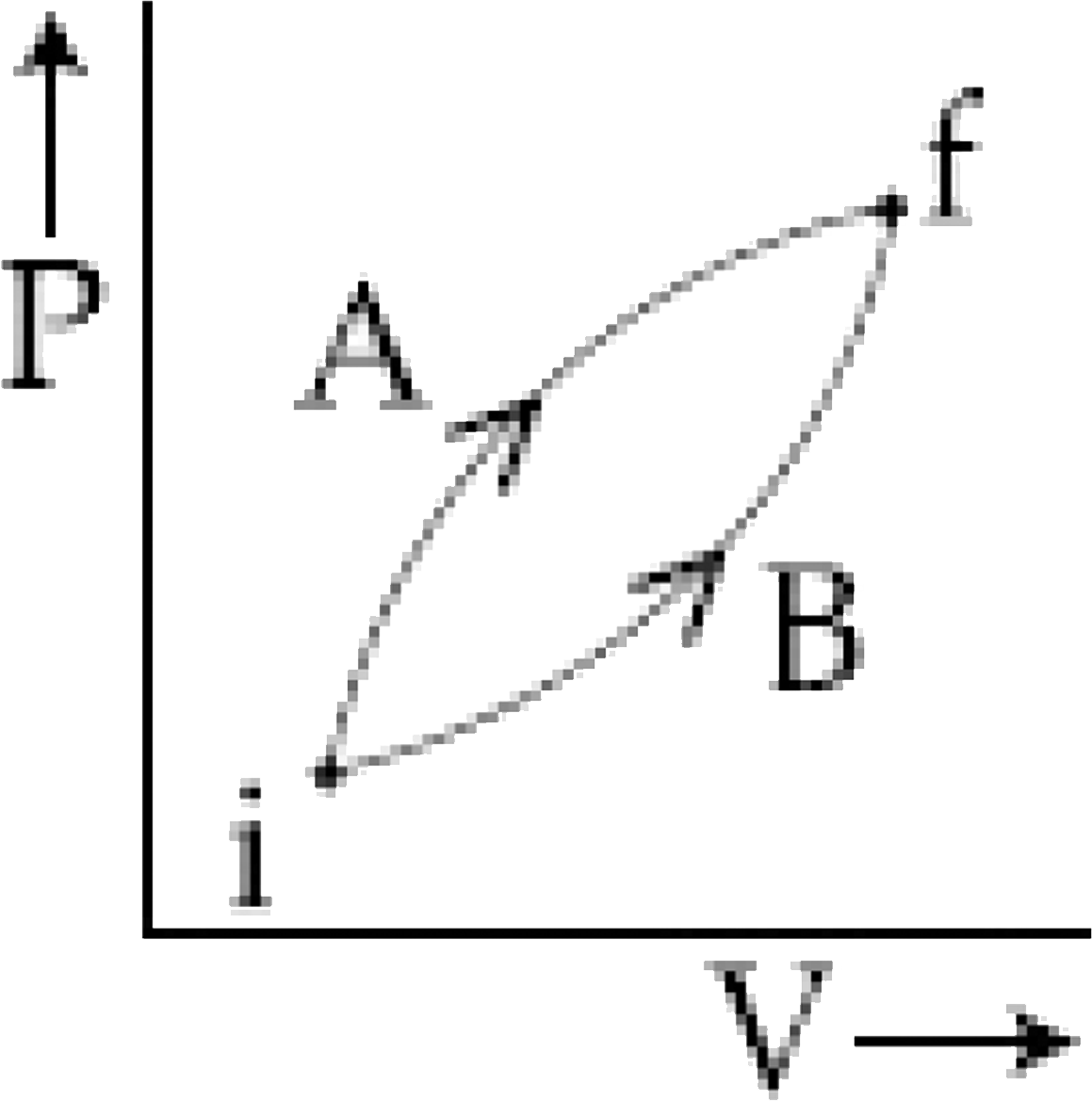 AΔQA<ΔQB,ΔUA<ΔUBBΔQA>ΔQB,ΔUA>ΔUBCΔQA>ΔQB,ΔUA=ΔUBDΔQA=ΔQB,ΔUA=ΔUB
AΔQA<ΔQB,ΔUA<ΔUBBΔQA>ΔQB,ΔUA>ΔUBCΔQA>ΔQB,ΔUA=ΔUBDΔQA=ΔQB,ΔUA=ΔUB
Figure shows two processes a and b for a given sample of gas. If ΔQ1,ΔQ2 are the amount of heat absorbed by the systemin the two cases , and ΔU1,ΔU2 are changes ininternal energy respeclively, then
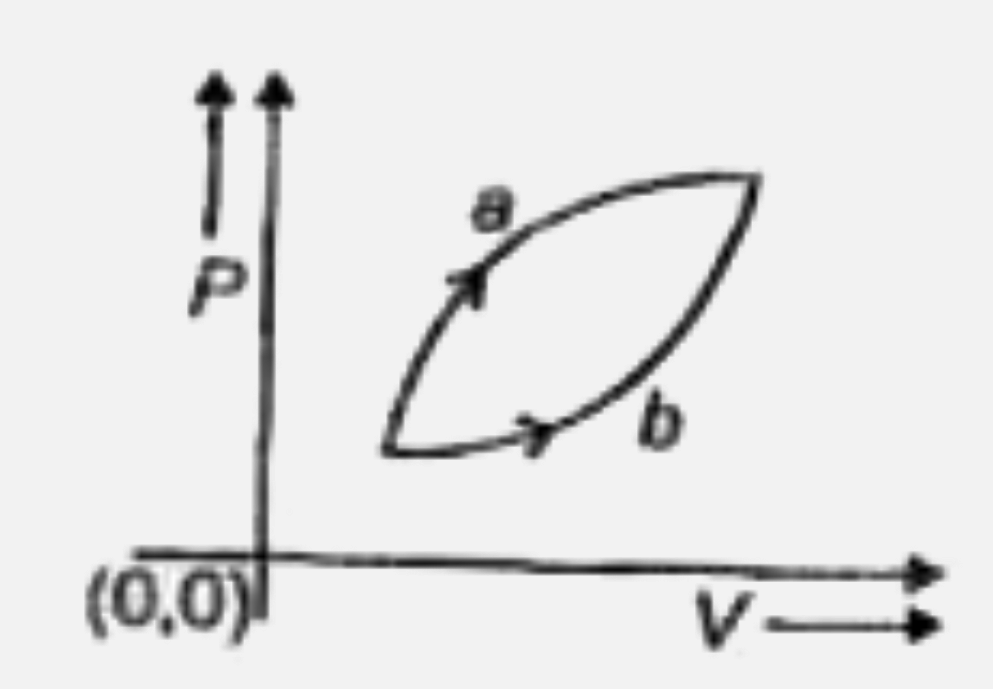
View SolutionFigure. Shows three processes for an ideal gas. The temperature at 'a' is 600 K, pressure of 1 atm, and volume 1 L. The volume at 'b' is 4 L. Out of two processes, ab and ac, one is adiabatic and other is isothermal. The ratio of specific heats of the gas is 1.5.
a. Which of the processes ab and ac is adiabatic ? Why
b. Compute the pressure of the gas at b and c.
c. Compute the temperature at b and c.
d. Complete the volume at c.

View SolutionFigure. Shows three processes for an ideal gas. The temperature at 'a' is 600 K, pressure of atm, and volume 1 L. The volume at 'b' is 4 L. Out of two processes, ab and ac, one is adiabatic and other is isothermal. The ratio of specific heats of the gas is 1.5.
a. Which of the processes ab and ac is adiabatic ? Why
b. Compute the pressure of the gas at b and c.
c. Compute the temperature at b and c.
d. Complete the volume at c.

View SolutionFollowing figure shows two process A and B for a gas. If ΔQA and ΔQB are the amount of heat absorbed by the system in two case, and ΔUA and ΔUB are changes in internal energies, respectively, then :

View SolutionFollowing figure shows two process A and B for a gas. If ΔQA and ΔQB are the amount of heat absorbed by the system in two case, and ΔUA and ΔUB are changes in internal energies, respectively, then :

View SolutionFigure shows the variation of the internal energy U with the density ρ of an ideal monoatomic gas for a therodynamic process AB. Process AB is a part of arectangular hyperbola. Find the work done (in joule) by gas in process AB.
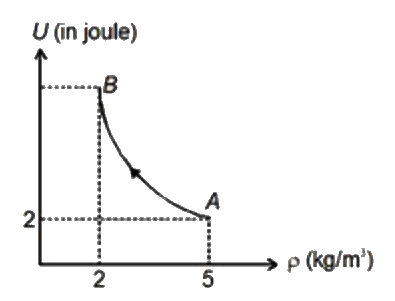
View Solution

